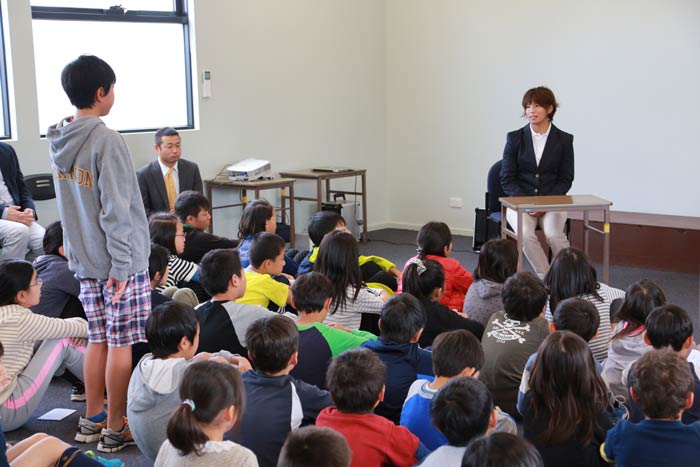Aussie Swordsmen Teach Us the Essence of the Way of the Sword
The 35th Australian Kendo Championship was held over two days on the 3rd and 4th of April at MSAC (Melbourne Sports and Aquatic Centre) at Albert Park in Melbourne to decide the Australian Kendo champions. A total of more than 100 swordsmen fought in heated competition for the titles.
The main sponsor of this championship, the Australian Kendo Renmei, was founded in 1972 and joined the International Kendo Renmei the same year.

The Australian Kendo Championship was first held in Melbourne in 1975, making the 2010 championship its 35th.
Participating teams were Kendo Renmeis from Victoria, Western Australia, New South Wales, Queensland, Tasmania, South Australia and Australian Capital Territory (ACT), covering all states of Australia.
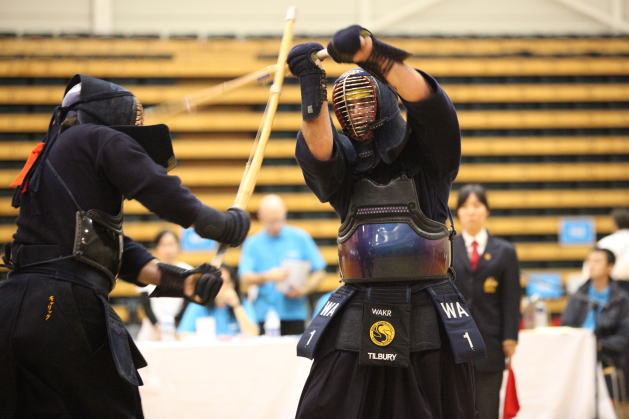
Competitions were held with both individual and team divisions based on competitors’ gender and kyu or dan with matches fought individually among black belts and each kyu, as a group among women from each state and mixed state teams, in kata and so on.
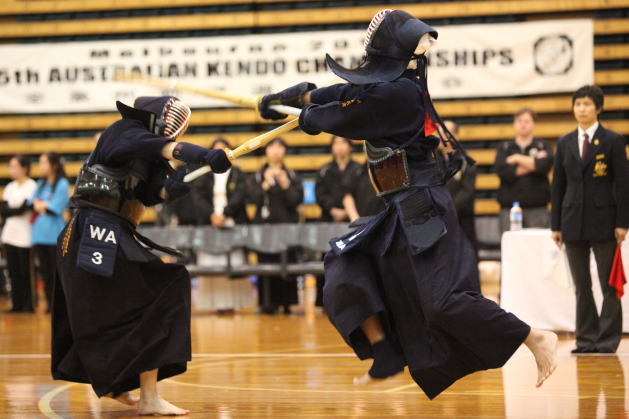
Competitors with black belts exhibited high level skills and demonstrated sharp thrusts and good defences.
Swordsmen with joudan no kamae (upper guards) or nitou ryu (two swords) attracted cheers from the audience.
Many Aussie competitors have trained in dojos in Japan, and such Japanese phrases as “Team no tame (For the team)” or “Ochitsuite (Be calm)” could be heard from cheering Aussie swordsmen.
In addition, Mr. Masago, Kendo Hanshi 8 Dan and Mr. Tamura, Kendo Kyoshi 8 Dan from the Japanese Kendo Renmei also attended.
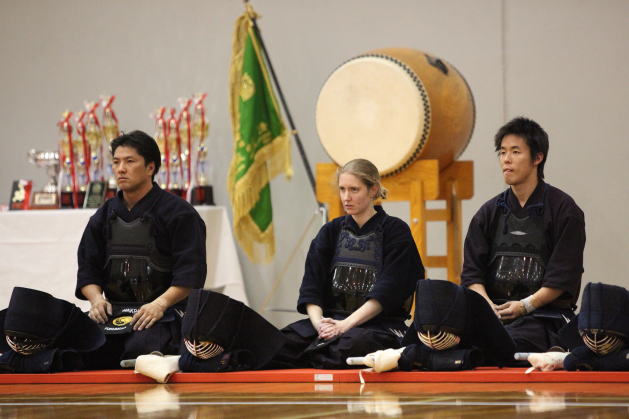
There was a moment where a tsuba zeriai (a kind of clinch where the opponents swords are crossed at the hand guards) between a larger-built Aussie competitor and a shorter Asian competitor resulted in the latter competitor going flying.
Once largely built Aussie swordsmen with more strength and stamina learn to perform upper guards or two swords, which are more difficult for Japanese swordsmen, they will be an existence to be feared in the future, even to the originator of kendo, Japan.
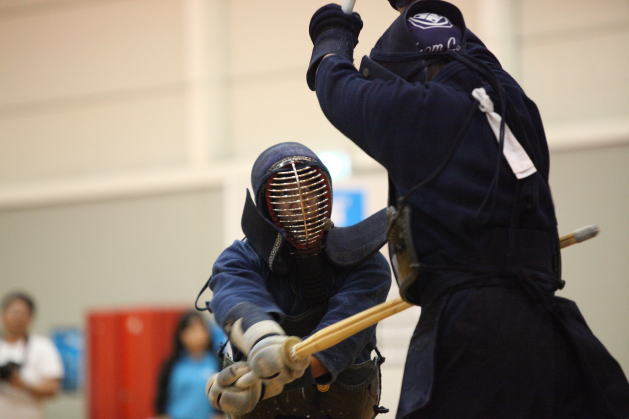
Splendid “Dou” leading to “Ippon”.
Although some Aussie competitors, even some with black belts, cannot assume the posture of sonkyo (squating down), they are allowed to replace it with a posture with one leg placed behind themselves (like a lunge).
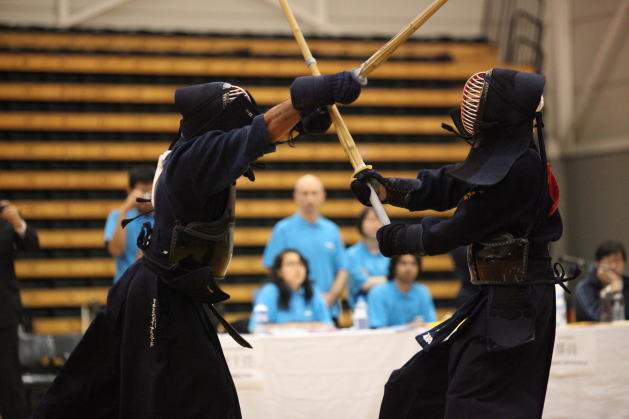
In Australia, kendo is most popular in Melbourne, Victoria.
Within the city of Melbourne, there are dojos such as the Kenshikan Dojo, which is the main temple of Australian kendo, The Fudoushin Dojo, which was derived from the Kenshikan Dojo, the Nanseikan Dojo, the Mumeishi Kendo Club, the University of Melbourne Kendo Club and the Monash University Kendo Club. Within the rest of the state of Victoria, there are groups such as the Ballarat Kendo Club and the Renshinkan, and kendo’s popularity has been increasing as a result of promotional activities over the years.
In most cases, the Australian Kendo Renmei uses original Japanese words for kendo vocabulary, including men (face mask), kote (gauntlet), dou (abdomen), tsuki (thrust), shinai (bamboo sword), and ippon.
The Kendo Championship on April 3rd and 4th was followed by the Seminars for shidoushas (official teachers) on the 5th and 6th and the Gradings on April 7th with both being held at the Kenshinkan Dojo.



